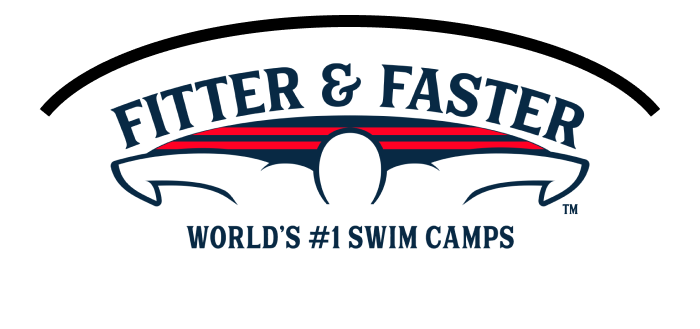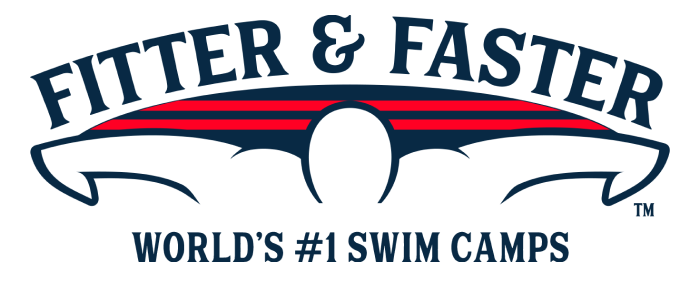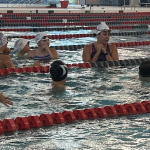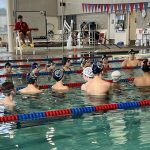Past Clinic: Fast Butterfly & Breaststroke Technique Swim Camp (Ages 9 to 12)
Parkrose Pool
12003 NE Shaver St,
Portland,
OR 97220
A description of what was covered at this past clinic is below the upcoming clinics.
Upcoming Swim Clinics and Camps
Within 250 miles of Portland, OR.
Past Clinic
Introduction
Fitter & Faster is producing a 2-day swim camp for experienced competitive swimmers ages 9 to 12 at Parkrose Pool in Portland, Oregon, on April 12 & 13, 2025. This camp is designed for swimmers who have been regularly practicing and competing for several seasons and are looking to enhance their speed with expert instruction.
In addition to offering similar camps for competitive swimmers ages 13 & over, we also are offering a Competitive Enrichment Clinic for swimmers ages 8 to 11 who are transitioning into the sport of competitive swimming and looking to expand their skills. See below for links to these camps.
FAST BUTTERFLY & BREASTSTROKE TECHNIQUE SWIM CAMP (AGES 9 TO 12)
-> DAY 1 (Saturday, April 12): Butterfly Technique
-> DAY 2 (Sunday, April 13): Breaststroke Technique
Scroll down for details on the curriculum!
-> Availability in each session is limited to ensure the highest level learning experience.
-> SAVE when you purchase an "Entire Camp Bundle” for your swimmer.
SESSION START TIMES:
DAY 1: Check in 11:45 AM, Camp 12-2:30 PM
DAY 2: Check in 9 AM, Camp 9:15-11:45 AM
ADDITIONAL SWIM CAMPS IN PORTLAND:
-> Ages 8 to 11, (Competitive Enrichment)
-> Ages 13 & over
Suggested Participants
Our top priority is to provide a world-class learning experience for all participants at all of our camps. This camp has sessions for swimmers ages 9 to 12. Participants will range from one year of competitive swimming experience to AAAA times and faster.
Curriculum
Butterfly and breaststroke utilize a similar body position, “undulating” movements, and an early “catch” to get across the pool with efficiency and speed. They are called the “short axis” strokes because swimmers do not rotate their body at the spine, as is done in freestyle and backstroke. In butterfly and breaststroke, swimmers bend at the hips to generate power and forward momentum. Over two days, your swimmer, no matter their level, will improve their butterfly and breaststroke technique, as well as their racing and training skills!
- DAY 1 (Saturday, April 12): BUTTERFLY TECHNIQUE: At the highest level of swimming, butterfly is the second-fastest stroke and beautiful to watch because of its rhythmic and powerful strokes. There are some complexities to establishing a smooth, rhythmic fly, but with practice and attention to detail, your swimmer can master the stroke and begin swimming it for longer distances and at very fast speeds!
- Bodyline: A butterfly race is going to be fastest with a proper bodyline. Even the slightest adjustment of the chin, neck, and/or back can make a huge difference. As swimmers mature in the sport and grow physically, their body position shifts and bad habits can emerge. Participants will learn and practice proper posture and core engagement to have a strong foundation for better technique, creating a full-body connection for more hydrodynamic and efficient butterfly strokes.
- Kick: Each butterfly stroke has two kicks to propel the swimmer towards the other end of the pool! If the kicks are properly timed and equally strong, they can positively impact your swimmer’s efficiency and stroke timing! Your swimmer will work on how and when to kick in butterfly for maximum speed.
- Pull: Long and smooth strokes allow swimmers to have a more efficient and fluid butterfly. The pull in butterfly keeps a swimmer accelerating forward. Your clinicians will work with participants to establish an early vertical forearm, “the catch”, enabling the swimmers to put immediate pressure back on the water. Properly completing the stroke keeps the swimmer moving forward efficiently and fast.
- Timing: The timing of the breath in butterfly has a direct relationship on a swimmer’s body position, pull, kick, and TIMES! At this session, we will work with participants on breathing with their chin low to the water...and WHEN to breathe in their stroke cycle, so that they develop the most efficient stroke possible!
- DAY 2 (Sunday, April 13): BREASTSTROKE TECHNIQUE: Out of the eight finalists at the Olympic Games, you might see eight different styles of breaststroke! A swimmer's timing and ability to eliminate resistance are hallmarks of an efficient and powerful breaststroker. No matter your swimmer’s level, this session will strengthen their technique and lead to faster and more efficient breaststroke races…and faster IMs!
- Bodyline: A breaststroke race is going to be fastest with a proper bodyline. Even the slightest adjustment of the chin, neck, and/or back can make a huge difference. Elite breaststrokers focus on minimizing drag by “catching water” on their hands and feet as quickly as possible, so they can shoot back into a “straight bodyline” where they can glide at top speed.
- Kick: The kick creates a lot of the power in breaststroke. Swimmers need to keep their knees high in the water and snap their feet quickly around and back to create a powerful kick. Our clinicians will work with participants to strengthen their kick for the ultimate propulsion forward!
- Pull: The name of the game in breaststroke is to create as much propulsion as possible in the pull while minimizing resistance… and then quickly getting back into a straight bodyline to establish a high-speed glide. Participants at this session will focus on setting up a proper "catch" and keeping their hands and elbows high on the water throughout the entire pull. The techniques your swimmer will practice will minimize resistance and enable them to maintain forward momentum for the fastest breaststroke.
- Timing: Fast, flowing breaststroke is the result of proper timing between a swimmer’s hands and feet. Establishing proper timing in your swimmer’s breaststroke will allow for more fluidity, power, and speed. Participants in this session will learn how elite swimmers time their breaststroke for ultimate efficiency and the fastest races.
ASK QUESTIONS
Swimmers and parents are invited to ask the clinicians questions during a Q&A session. Gain insight into their training regimen, diet and nutrition, and recovery tactics.
WATCH THE CLINICIANS
Observe clinicians swim at full speed and demonstrate a progression of perfectly executed drills to achieve powerful, efficient, and fast swimming.
PUT YOUR SKILLS TO THE TEST
Throughout the camp, swimmers will practice what they've learned with some of the world's most elite Swimmer Clinicians and coaches!
Take a photo, get autographs, and chat with your clinicians!
Inquisitive, Educated Swimmers are Faster Swimmers! Sign up today!
Search all of our clinics...or request a clinic in your area


